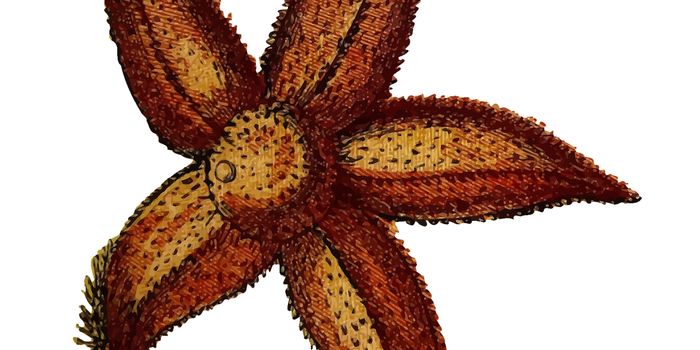Technology is Helping Florida Keep Invasive Burmese Pythons in Check
Florida’s Everglades National Park is the single largest subtropical wilderness in the United States, and as such, it plays host to a plethora of highly-distinguishable endangered animals. Unfortunately, many of those species are being threatened by the Burmese python, which made its first appearance in the region in the 1980s.
Image Credit: Pixabay
The Burmese python is native to the Southern parts of Asia and enjoys a semi-aquatic lifestyle. That said, it’s not hard to understand why the reptile has made itself right at home in Florida, but that’s not to say that Florida’s Fish and Wildlife Conservation Commission (FWC) is at peace with that.
With tens of thousands of specimens in South Florida today, the FWC considers the Burmese python to be an invasive species. Given the sorts of havoc these snakes wreak on Florida’s fragile ecosystem, it’s no surprise that the agency maintains a stern stance against them. In fact, the FWC frequently assembles python ‘strike forces’ to help keep their numbers in check. Unfortunately, the Burmese python is very talented at hiding away from sight, which means that these so-called strike forces aren’t as productive as they could be.
Related: The Recipe for Success: Breeding Amazon Basin Emerald Tree Boas
In an effort to resolve this ongoing problem, python management crews are now adopting new tactics that take advantage of modern technology to make their efforts more effective. In a more recent capture, crews surgically implanted a GPS tracking device into a male Burmese python and then set it loose so it could lead management crews directly to the breeding females.
It wasn’t long after deploying the new anti-python tactic that management crews got their first significant break. They later found and captured a 17-foot, 140-pound female Burmese python, which is one of the largest pythons ever discovered in the Everglades. Astonishingly, the female was carrying 73 eggs and was purportedly large enough to swallow large animals, such as alligators and deer.
"I wish this had happened a long time ago, but it is finally taking place," commented Art Roybal, a senior biologist with the U.S. Fish and Wildlife Service. "We knew pythons were going to be an issue. I call them all-terrain eating machines."
Related: A smaller snake that was eaten by a larger snake turned out to be a new species
In addition to tracking down breeding female Burmese pythons, the management crews can use the GPS transmitters to gather data about the animals’ roaming habits. This data is vital for tracking research, as it will help biologists better understand the species and make management crews more effective at their job of removing the invasive species and protecting others in the process.
Related: Blue coral snakes have venom unlike that of any other snake's
Keeping the Burmese python at bay in the Florida Everglades is an ongoing challenge with no signs of letting up anytime soon, but if technological advances like this can keep up, then the FWC will find it much easier to find and remove specimens from the area going forward – a win/win for the park and its encompassing wildlife.
Source: Phys.org (1), (2), Snake Country









